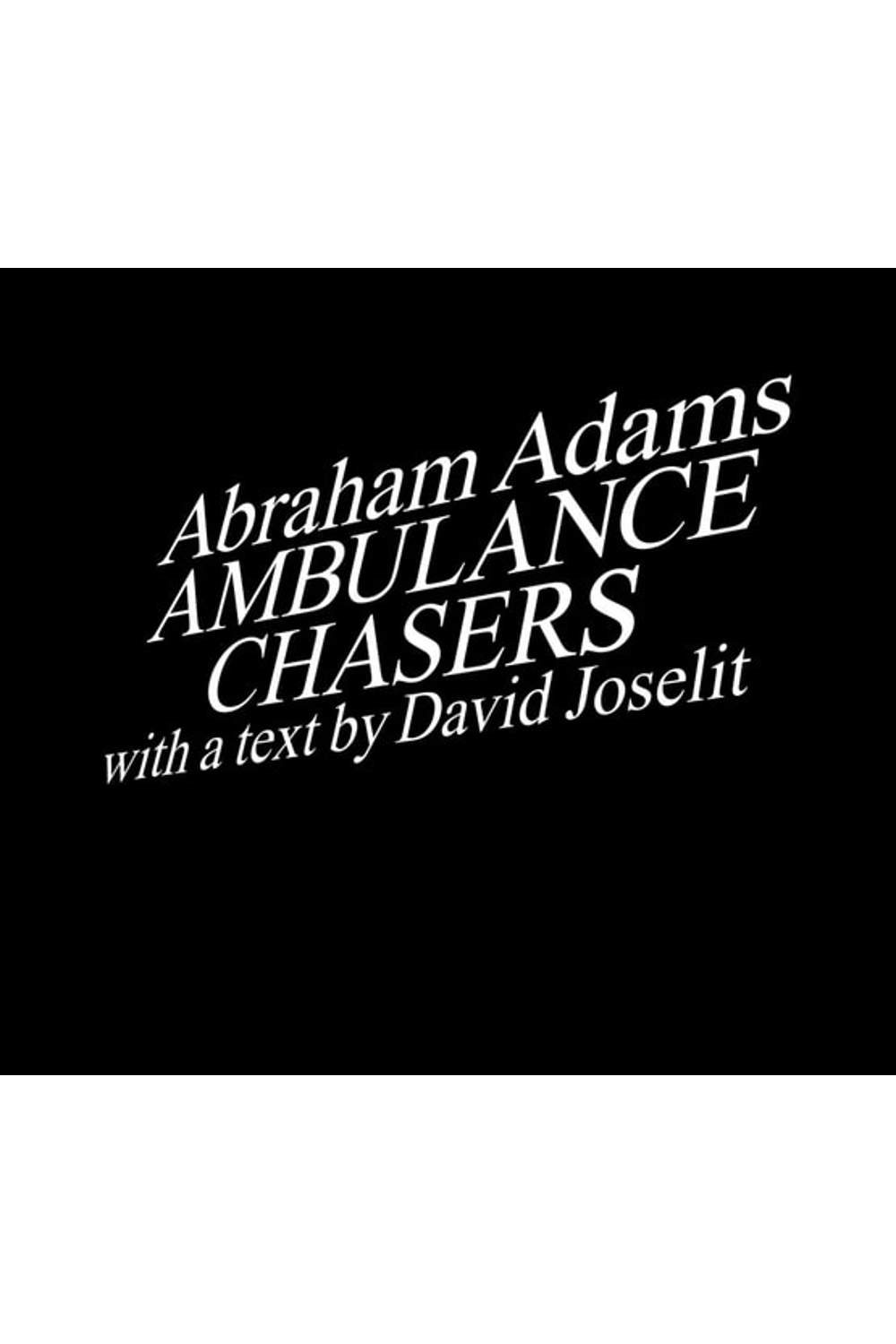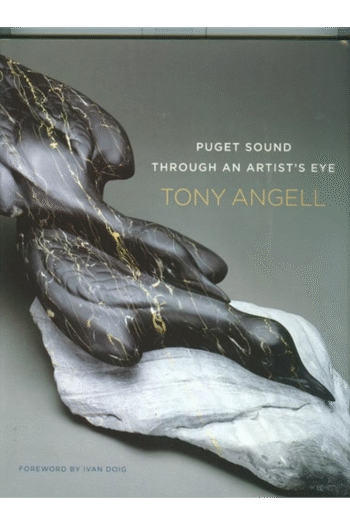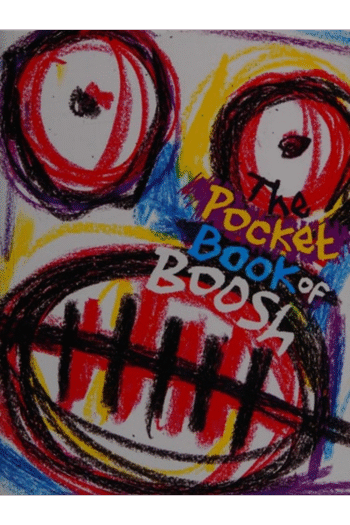Abraham Adams’ *Ambulance Chasers* is a compelling photographic study that unveils the often-overlooked intersection of American legal advertising and the precarious realities of everyday life. Through a series of diptychs, Adams pairs the faces of personal injury lawyers, sourced from ubiquitous roadside billboards, with images of the landscapes they supposedly serve. This stark juxtaposition exposes the contrast between the lawyers’ promises of assistance and the often-desolate or banal environments they oversee vacant highways, construction sites, and anonymous intersections. More than just a collection of photographs, *Ambulance Chasers*, published by The MIT Press, functions as a pointed critique of American capitalism and the commodification of misfortune. Adams’ work subtly highlights how the legal profession capitalizes on personal crises, offering solutions while simultaneously contributing to a climate of anxiety and uncertainty. The expressions of the lawyers, carefully curated to project competence and trustworthiness, are subtly undermined by the contexts in which they are placed, prompting viewers to question the authenticity of these representations. David Joselit’s accompanying text elevates the book beyond a purely visual experience, providing a critical framework for understanding the socio-political implications of Adams’ images. His contribution weaves in elements of consumerism, anxieties, and the media environment, reflecting the tradition of conceptual art and referencing artists like Ed Ruscha and Bernd and Hilla Becher. The book is a profound exploration of the American landscape and culture. If you’re interested in photography, American culture, or cultural criticism, with ISBN-13: 9780262047104 and ISBN-10: 0262047101, *Ambulance Chasers* offers a unique and insightful perspective on the promises and pitfalls of contemporary American society.
Ambulance Chasers
27,39 $
In stock
A series of photographic diptychs that investigate the behavior of images and offer an account of American precarity.
Ambulance Chasers offers a series of photographic diptychs by the artist Abraham Adams: on the left, the faces of personal injury lawyers photographed from roadside billboards; on the right, the landscapes they survey. The gesture is a double rotation: each photograph is imagined as the spectator of the other, and in each pairing, the exorbitant promises of the animated lawyers are deflated by their juxtaposition with an often featureless roadside landscape. The ambulance chasers smile, grin, grimace, scowl; their hair is neatly coiffed, slicked back, unnaturally dark. They gaze at country roads, busy highways, empty intersections, blue skies, building sites, and parking lots. They offer assistanceat a price. Adamss conceptual performance and art historian David Joselits text tell a story of American precarity.
Joselits text unrolls alongside the photographs like a long, broken caption. Adams and Joselit conceived their collaboration as an investigation of the behavior and poetics of imagesboth in the world as billboards and in the book as reproductionsin a visual and textual language quite different from standard theoretical texts. In a long interview, they explore the projects aesthetic and historical concerns, focusing on its hybridization of typologies central to postWorld War II photographythe conceptual catalogs best exemplified by the work of Bernd and Hilla Becher and their students, and the anti-heroic American landscape, as charted by artists ranging from Ed Ruscha to Lewis Baltz and Robert Adams.
| Authors | |
|---|---|
| Binding | |
| Condition | |
| ISBN-10 | 0262047101 |
| ISBN-13 | 9780262047104 |
| Language | |
| Pages | 136 |
| Publisher | |
| Year published | |
| Weight | 635 |
Related products
-
The Merchant of Venice (Graffex)
16,87 $ -
The Pocket Book of Boosh
15,19 $
- Additional information
- Currencies
- USD – United States dollar
- EUR – Euro
- GBP – Pound sterling
- CNY – Chinese yuan
- BRL – Brazilian real
- MXN – Mexican peso
- JPY – Japanese yen
- PHP – Philippine peso
- THB – Thai baht
- PLN – Polish złoty
- CAD – Canadian dollar
- MYR – Malaysian ringgit
- AUD – Australian dollar
- TWD – New Taiwan dollar
- CZK – Czech koruna
- SEK – Swedish krona
- HUF – Hungarian forint
- ILS – Israeli new shekel
- CHF – Swiss franc
- HKD – Hong Kong dollar
- DKK – Danish krone
- SGD – Singapore dollar
- NOK – Norwegian krone
- NZD – New Zealand dollar





